They’re better value for money

One area where Android devices beat Apple products hands down is value for money. Although some of the top end models rival iPhones in cost, there’s also an abundance of options that are reasonably priced whilst still packing in plenty of cutting edge features. In particular, many Chinese offerings such as Huawei and Xioami boast incredibly powerful specs, yet reasonable price tags.
They have a headphone jack
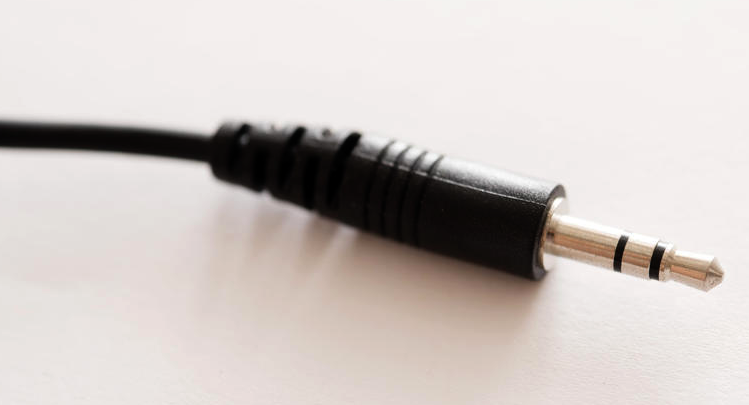
Apple’s ethos of relentless innovation has often led the company to make moves that – whilst initially raising eyebrows – have eventually proved prescient. The one glaring exception to this is the company’s decision to remove the headphone jack. It’s been over five years since iPhone users lost the ability to use standard headphones, and they’re still bitter about it. Android users have no such issues.
Android is more customisable

Apple’s views on the optimum user experience are so strong that, when it comes to configuring their phones, it’s basically their way or the highway. This is fine if you buy into the company’s ethos, but a lot of people find it overly restrictive and stifling. Android, on the other hand, allows users to go wild with customisation, treating the operating system like a playground to be explored and reshaped.
Many Android phones allow expandable memory
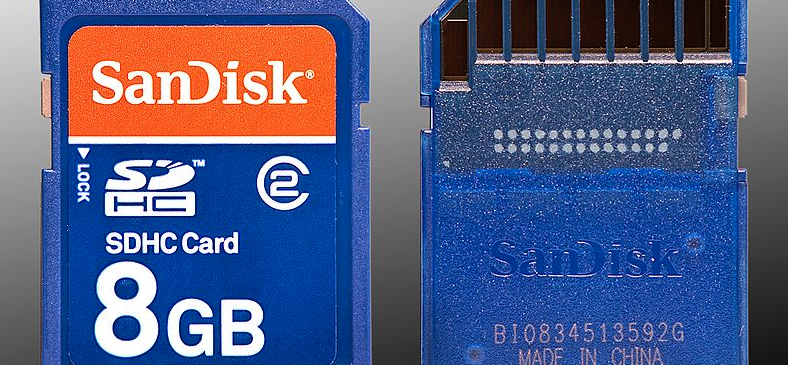
Running out of storage on an iPhone is a common and extremely frustrating problem, exacerbated by the fact that Apple refuse to make devices which can take memory cards. Many assume, probably correctly, that this is little more than an attempt to get consumers to fork out more cash for the higher memory models. Conversely, most Android phones allow users to expand the memory as much as they like.
Android uses universal chargers
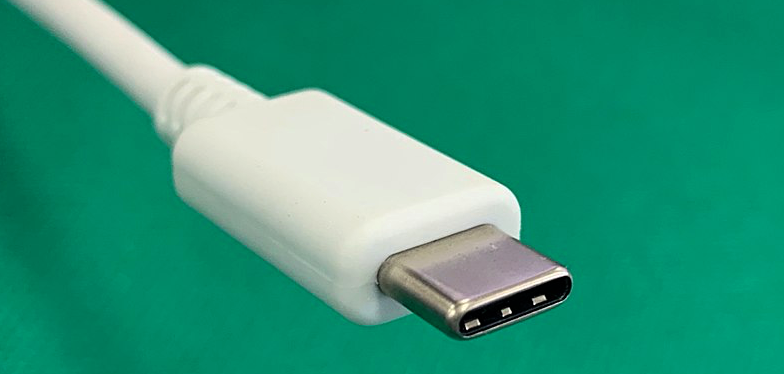
If you’re not at home and your iPhone dies, you’re at the mercy of someone else having the correct, specific charger to hand. Android users are much less likely to run into this problem, since they all use the same, universal charger. The EU have criticised Apple for this and legislated that, after 2024, all iPhones sold in EU countries will need to come with USB-C charging ports.
They have a back button
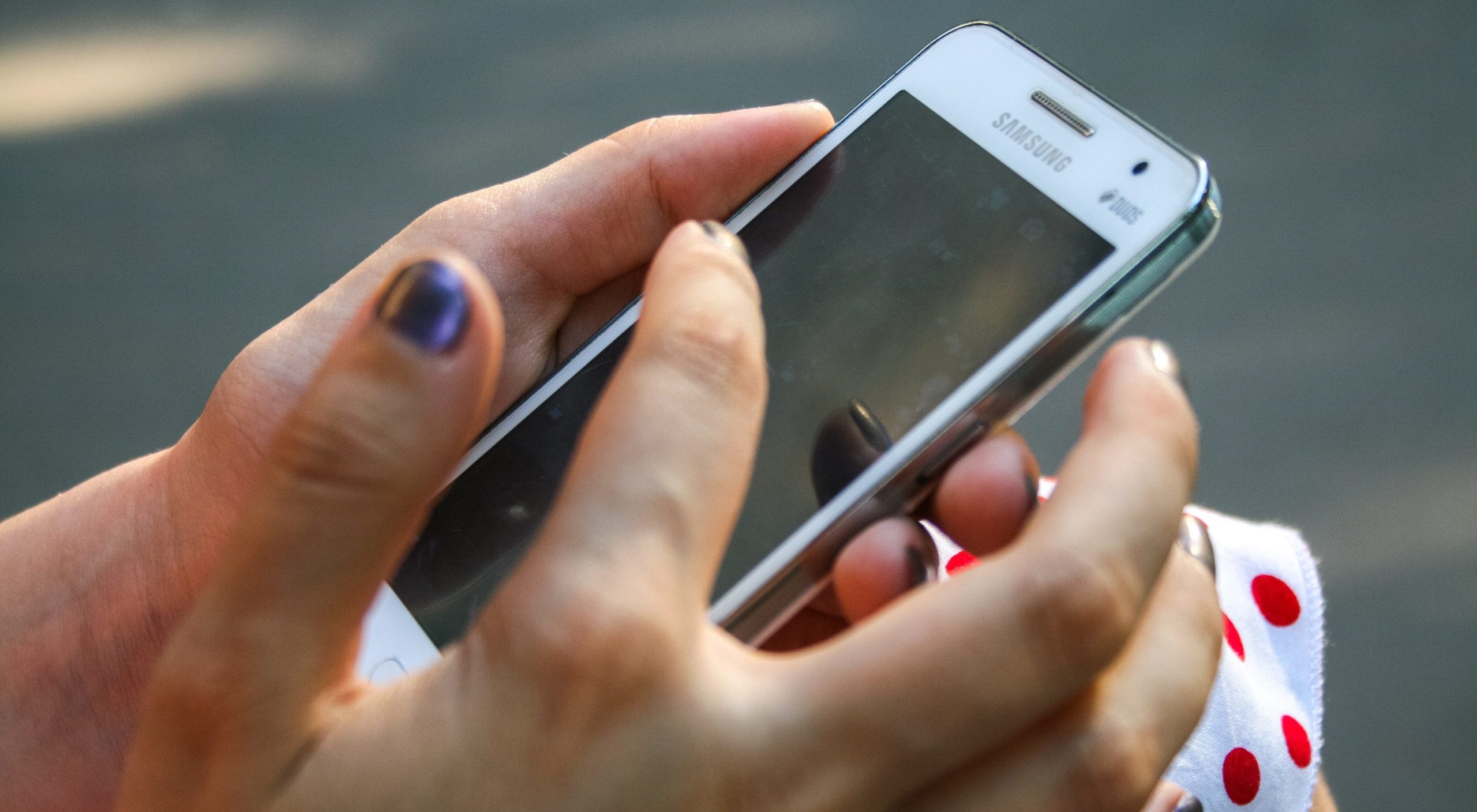
Android users who switch to iPhone almost always complain about the same thing: the lack of a back button. Whilst Apple’s decision to make their phones entirely buttonless definitely makes them sleek, the physical back button on Android phones that sends users to the last screen they were on is undeniably useful and makes navigating the device significantly easier.
They have multiple unlocking options
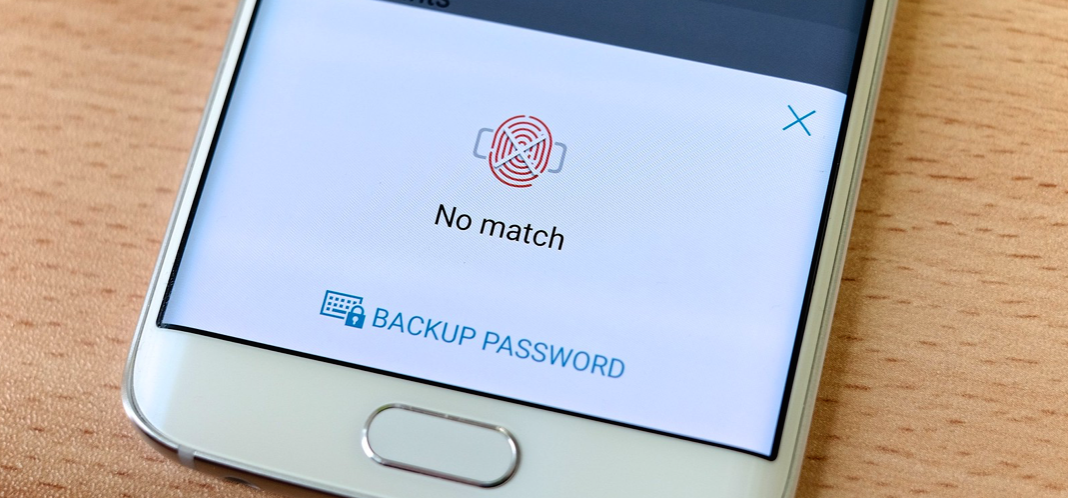
iPhones are often criticised for restricting their users’ options, including when it comes to how they can unlock their devices. Whilst the new range of iPhones offer two options – Face ID or numerical pin – many flagship Android models offer a variety of unlocking methods including fingerprint scanning, voice unlocking and facial recognition, as well as the more traditional pin.
Swappable batteries
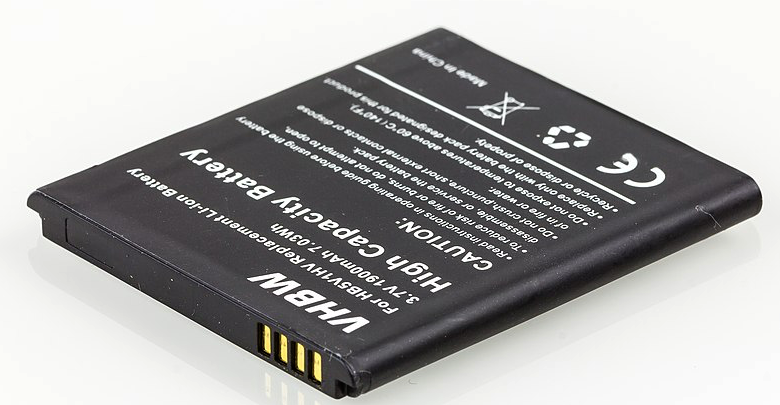
Although some flagship models are following Apple’s lead in having non-removable batteries, most Android phones allow the battery to be removed, changed or upgraded. Considering the battery is often one of the first components to fail on a phone, giving customers the option to easily swap out for a new battery allows them to get the maximum life possible out of their device.
There are more options available
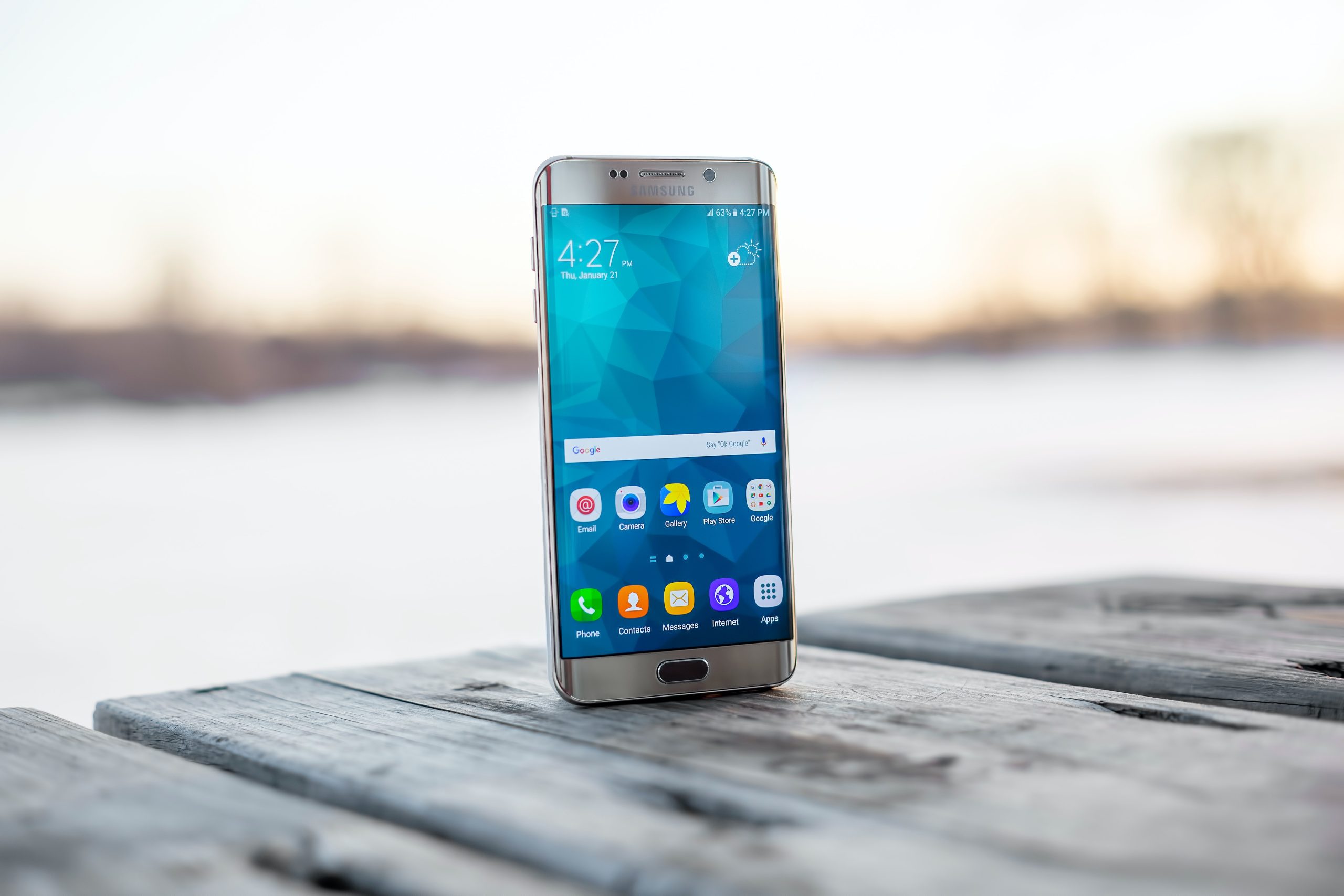
Whilst Apple is starting to move away from its policy of having a single flagship iPhone at any one time, the range of available options is still minuscule compared to Android. The plethora of variety offered by Android devices means that customers can choose a phone that specifically caters to their needs and desires.
You can use launchers
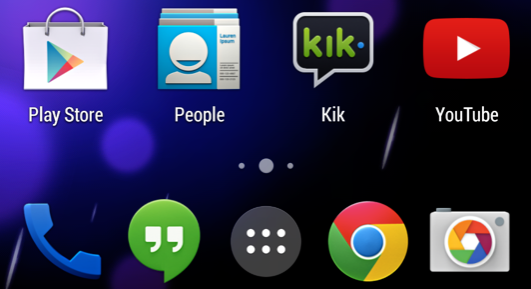
Launchers are apps that reconfigure the Android operating system, allowing users to alter their phone’s interface with ease. These apps can be downloaded from the Play store, often for free, and they don’t invalidate the phone’s warranty. Conversely, iPhone users looking for something similar will have to jailbreak their devices, a risky procedure that immediately voids the warranty.